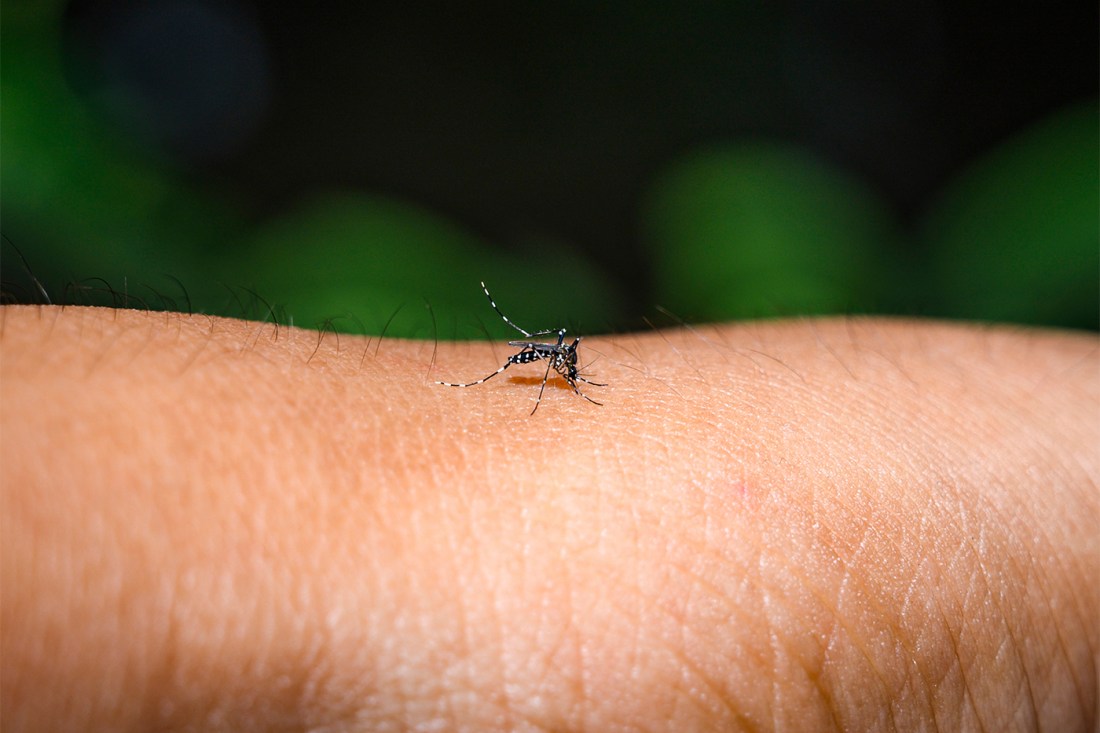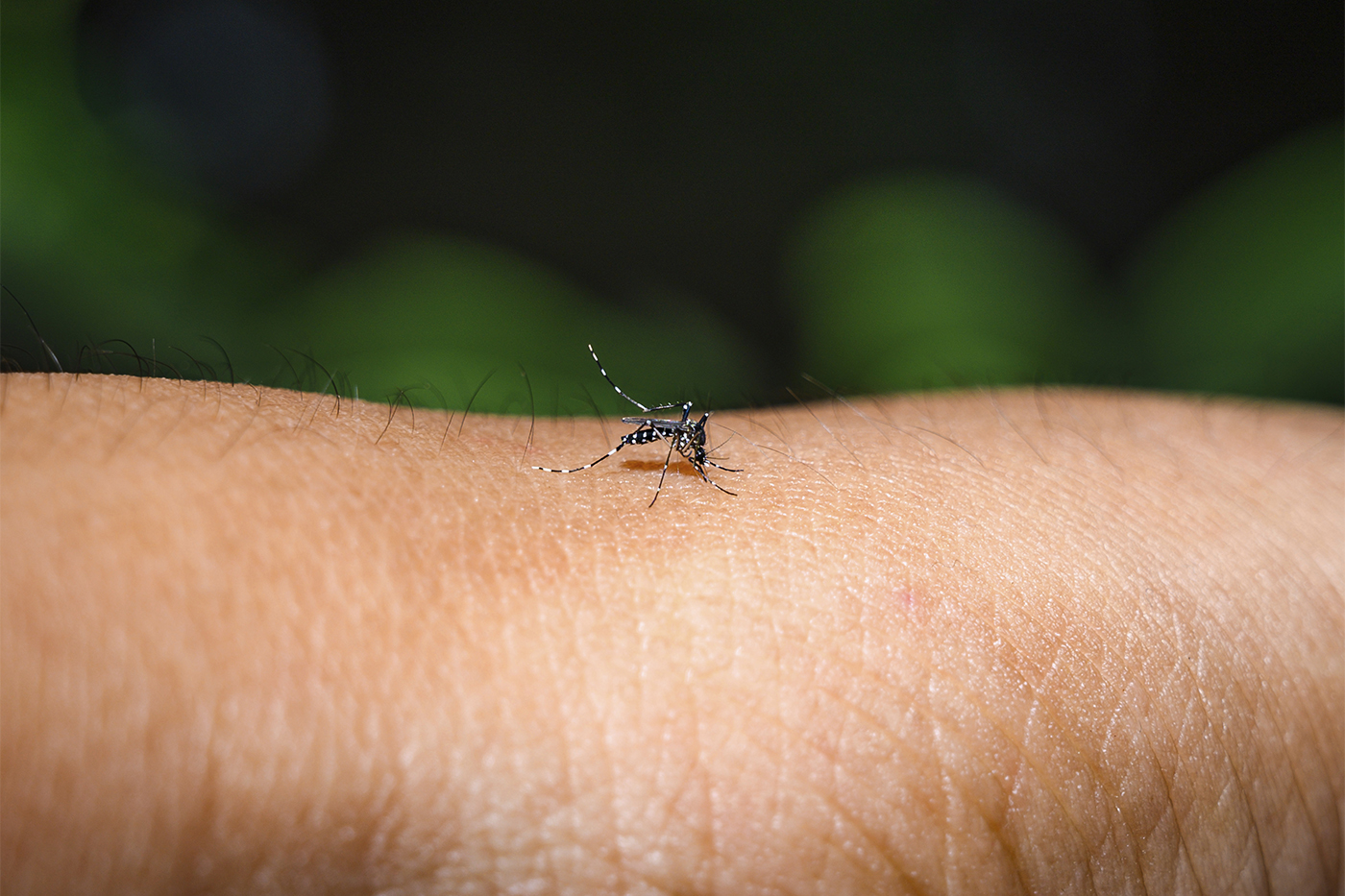Northeastern University breakthrough gives public health officials a step up in preparing careworkers to handle spikes in the disease.

Researchers at Northeastern University can predict the emergence of a dengue fever outbreak with 80% accuracy — a breakthrough for public health officials tasked with preparing careworkers to handle spikes in the disease.
Almost half of the world’s population lives in places where mosquito-borne dengue fever can break out, and cases worldwide are on the rise, having doubled from 2023 to 2024.
About 40,000 people die from the virus every year, according to U.S. national data.
“We wanted to reduce the cognitive load for decision-makers who want to extract the best predictions from multiple mathematical models,” says Mauricio Santillana, a professor of physics and director of Northeastern’s Machine Intelligence Group for the Betterment of Health and the Environment. “There are computational models called ensemble methods to do this.”
Using machine learning to analyze existing dengue forecast models, researchers identify the most accurate prediction for a specific region. They look at how accurate individual models perform over three months to determine which will likely be most accurate for the following three months, Santillana says.
Another approach is to find consensus among available forecasts. Different ensemble models perform better under different conditions, he says.

Tracking and predicting disease outbreaks are challenging, Santillana says, because countries have different ways of reporting cases. Some countries don’t have reliable funding for tests for diagnosis confirmations. But even when data reporting was delayed or incomplete, the ensemble methods consistently ranked among the top three models when prospectively tested over a year in 180 locations around the world.
The research was published in the Proceedings of the National Academy of Sciences of the United States of America. The approach was tested in parts of Brazil, Malaysia, Mexico, Thailand, Peru and Puerto Rico.
The virus thrives in tropical and subtropical regions, says Northeastern public health research professor Michael Johansson. Johansson recently completed research into how dengue outbreaks spread in North and South America. Areas like Puerto Rico, he says, can quickly go from a few thousand reported cases to 20,000 cases, putting huge stress on the health care system.
Previous research conducted in Southeast Asia found that dengue epidemics tend to occur at the same time in eight countries across a region. Johannson wanted to know if the same pattern would prove true for the Americas.
The research looked at data from 14 countries across the Americas between 1985 and 2018. It was published in the journal Science Translational Medicine.
“We could see peaks happening at different times across the region,” he says, “early in the calendar year in the southern hemisphere and moving north on a trajectory through the year.”
Health officials in dengue-prone regions will find clues about upcoming outbreaks by looking at what is happening nearby, Johannson says.
“It’s the network of places that is really important,” he says. “You need to not be just looking at what’s happening with temperature or El Niño, for example, but also what’s happening in neighboring countries.”
What is driving these patterns remains unclear, he says, but it’s possible that it is a combination of climate and human mobility. These factors likely also contribute to increased dengue in recent years, along with shifting socioeconomic factors. Dengue outbreaks reflect the ways human beings and mosquitoes interact, he says, changes in garbage collection or water storage — both of which contribute to mosquito breeding habitat.
In addition, huge changes in human travel patterns are likely one of the main ways that dengue spreads. If a traveler becomes infected and then is bitten by a mosquito in the new location, that mosquito can become infected and bite other people.
“People move around a lot more than they used to,” Johannson says, “which means that the virus is moving around with people a lot more than it used to.”
